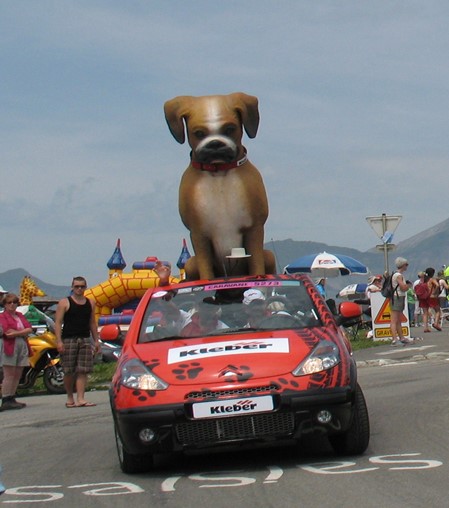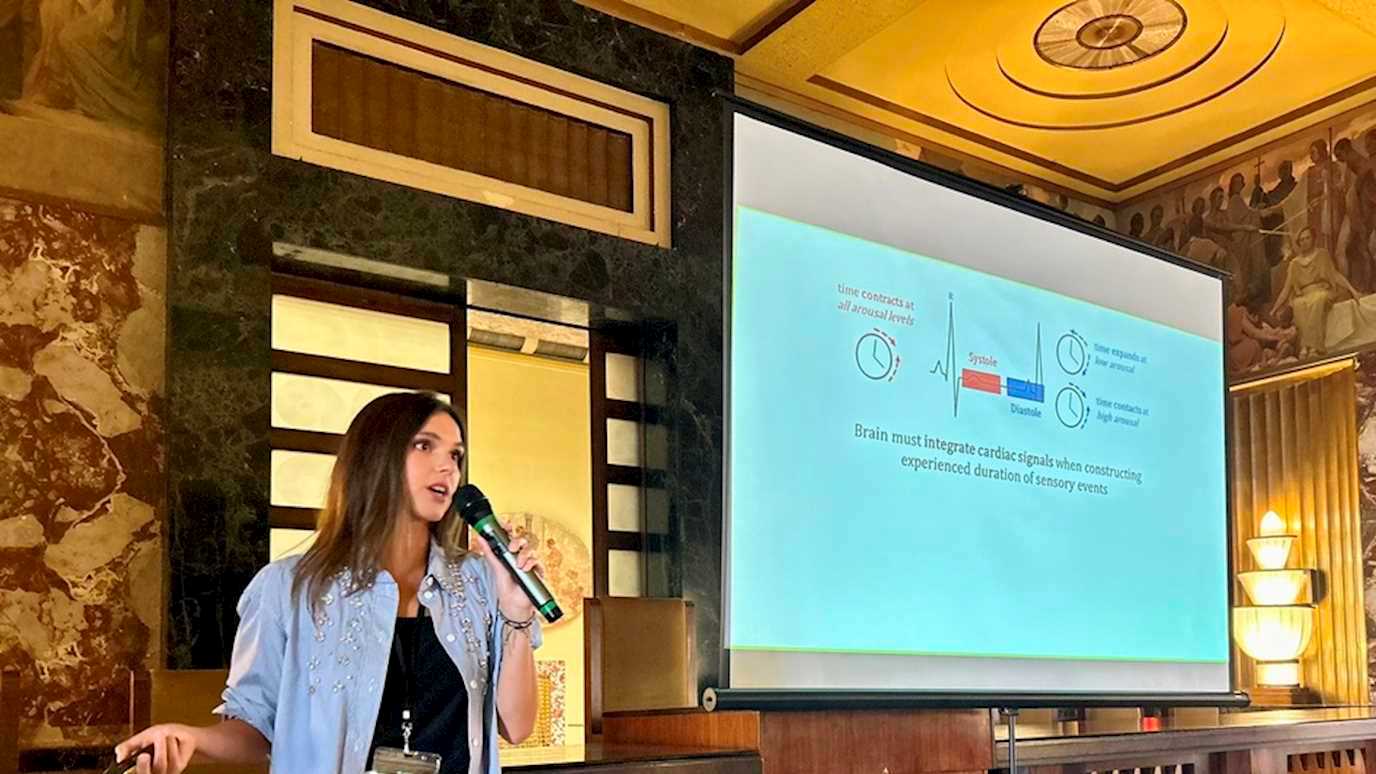New research from RHUL researchers, Clare Mutzenich, Professor Polly Dalton and Dr. Szonya Durant together with Dr Shaun Helman (TRL), outlines the role and use cases of the remote operator in highly automated vehicles

An example of an edge case
Automated vehicles (AVs) offer a range of potential benefits to society such as mobility solutions for those who cannot drive themselves or reducing the number of road collisions that stem from errors in human judgement. Yet the impression that driverless cars will mean there is no human involvement, since there is no human physically present in the vehicle, is a fundamental misconception (Cooke, 2006). In reality, many problems can arise that would require a human operator to remotely assess and instrumentally correct or direct the automation as AVs are not able to perceive some information that humans take for granted (Adams, 2007).
The handover from an AV to a safety trained human operator is referred to as a disengagement. In 2019, Waymo, the self-driving AV of Google-owned company Alphabet, drove the highest number of miles (1.45 million miles) and recorded 110 disengagements (one per 13,182 miles). Sixty-one of these were related to AV perception issues, for example, "failure to detect an object correctly". These types of programming deficits are known in the automation business as edge cases (Davies, 2018). Edge cases can relate to animals, vehicles or objects presenting in unusual ways, for example a novelty trailer in the shape of a dog may be classified as an animal but its behaviour (travelling at speed on a motorway) may not correspond with system expectations. Humans possess the higher-level skills to interpret and react to novel scenarios meaning an AV encountering an edge case may require a remote operator to step in.
Roles and use cases of a remote operator.
An RO may be required to provide remote assistance to an AV by alerting the service provider when it has broken down or providing information and customer service to passengers (UNECE, 2020). A further role that could be offered by an RO is that of remote management, similar to an air traffic controller, where an RO working in a remote management post could also assume control of a fleet of AVs (Hampshire, Bao, Lasecki, Daw, & Pender, 2020). Furthermore, an RO could review the reason for the AV stopping and, after assessing the environment using the AV's cameras and sensors, may confirm it is safe to proceed. Lastly, the full test of an RO’s capabilities would be assuming sole responsibility for the dynamic driving task either at low or high speeds from a remote location separate to the physical environment where the AV is located (UNECE, 2020). This type of remote control could be a substitute or enhancement to driverless transport, using 4G or 5G mobile networks to continuously video stream visual data from cameras around the car and linking driving operations to a driving rig in a remote control centre via an on board unit in the car (T Systems, 2020). The remote 'driver' receives real time information displayed on multiple monitors or through a VR headset and can control all acceleration, deceleration, steering and braking using a traditional steering wheel and pedals, or joystick (UNECE, 2020).
However, there is intense debate within the automation industry as to what extent remote operation as a service is a viable option. There are also key differences between remote driving at low speeds (less than 25mph) or at motorway driving speeds. It seems probable though, in the future, that some or all forms of remote operator will become an important feature to support autonomous driving.
This is a shortened version of the first article from Clare Mutzenich’s PhD project, and is co-authored by Szonya Durant (RHUL), Shaun Helman (TRL) and Polly Dalton (RHUL Attention Lab). It is fully open access in the journal Cognitive Research: Principles and Implications.
Mutzenich, C., Durant, S., Helman, S. Dalton, P. Updating our understanding of situation awareness in relation to remote operators of autonomous vehicles. Cogn. Research 6, 9 (2021). https://doi.org/10.1186/s41235-021-00271-8























